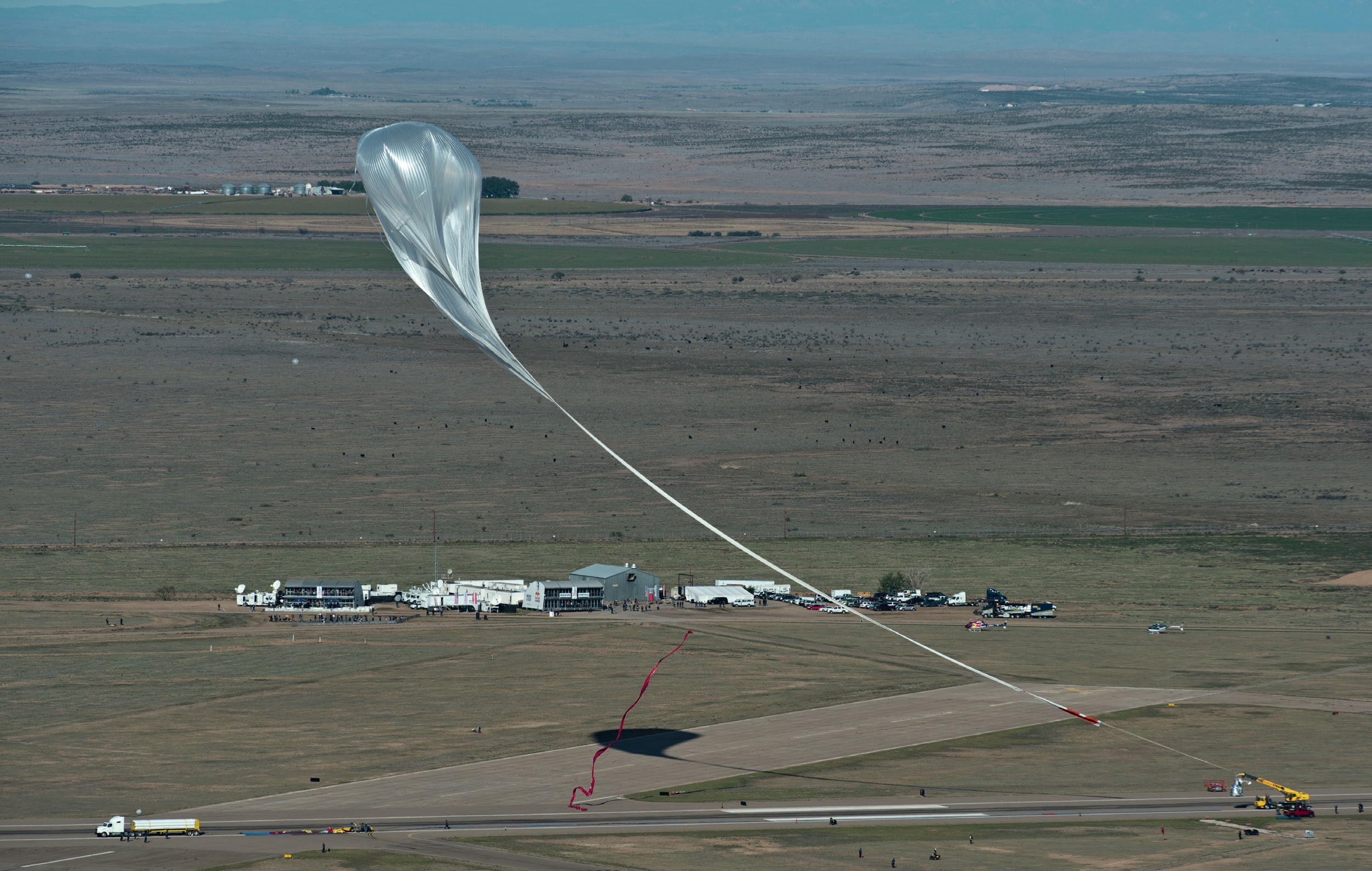
The terms in bold link to topics in the AQA, Edexcel, OCR, WJEC and CCEA A-level specifications, as well as the IB, Pre-U and SQA exam specifications.
The height to which the balloon rose is calculated using Archimedes’ principle, and the volume of helium at sea level is found using the ideal gas law. A computer simulation using Newton’s laws of motion can be carried out with a spreadsheet calculation.
Your organisation does not have access to this article.
Sign up today to give your students the edge they need to achieve their best grades with subject expertise
Subscribe




